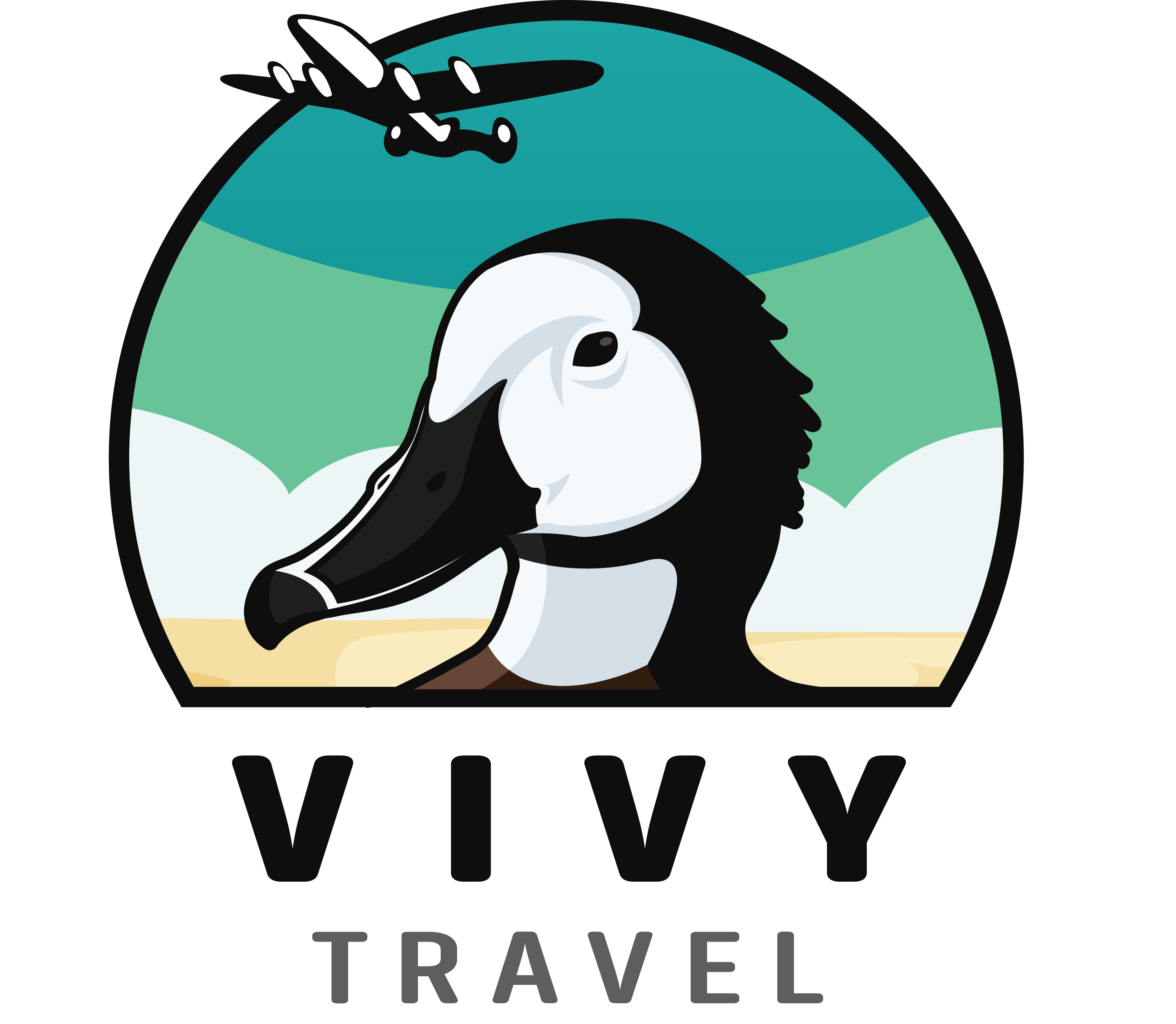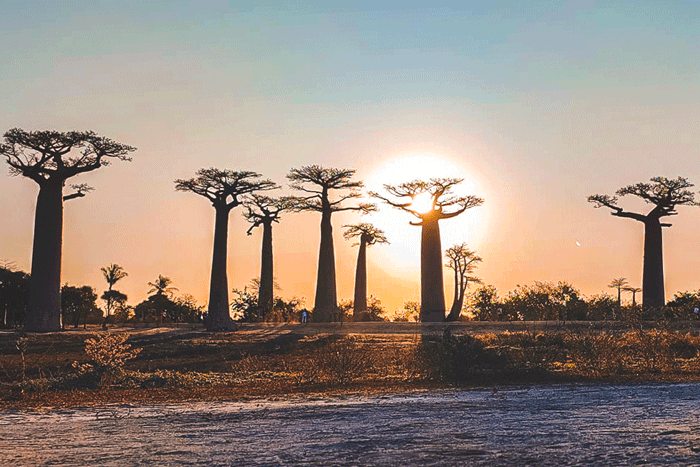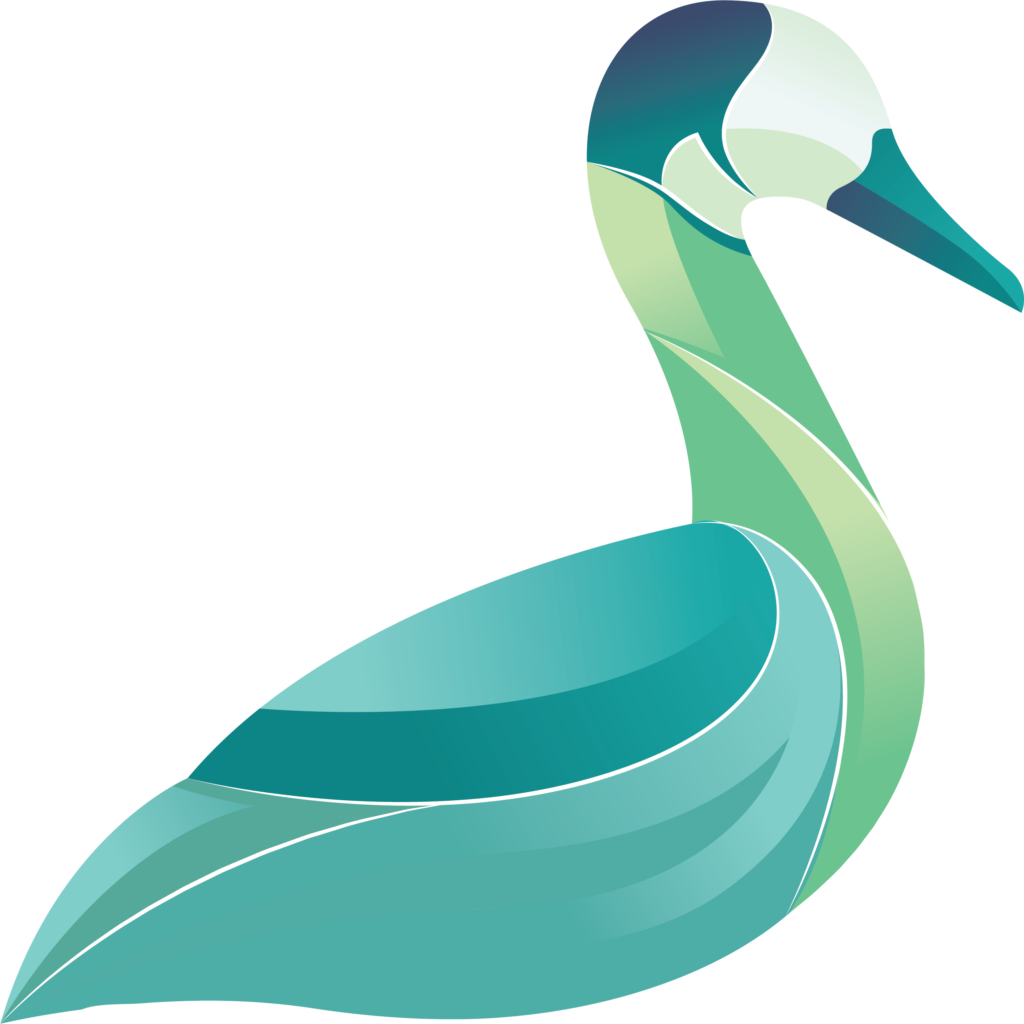Madagascar's carnivores
Madagascar, an island renowned for its biodiversity, is home to an exceptional variety of carnivores, many of which are endemic. Here, we’re talking more specifically about the « Carnivora ». Carnivora are an order of mainly carnivorous mammals, characterized by their diet based on animal flesh. They generally have four or five toes per leg, fur covering their bodies and tails of varying lengths. Madagascar is home to 13 species and subspecies of Carnivora, of which 10 are endemic to the island and 3 have been introduced.
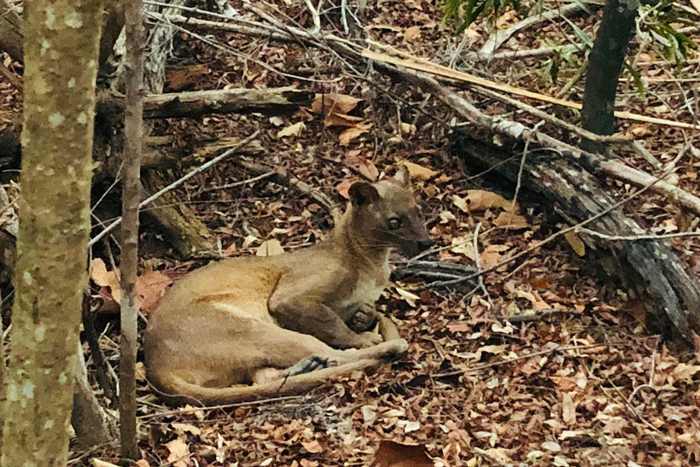
The Fosas: Kings of the Malagasy Jungle
The star of Madagascar’s carnivores is undoubtedly the fosa (Cryptoprocta ferox). This agile predator, similar to a small puma mixed with a dog and a monkey, reigns at the top of the island’s food chain. The fosa feeds mainly on lemurs, supplementing its diet with birds, small mammals and reptiles. Although it could theoretically be found all over Madagascar except in the center, the fosa is rather rare. It prefers the dry forests of the north and west of the island. To observe them, go to Kirindy or Ankarafantsika national parks, where these creatures hunt and roam in the trees.
Mongooses and Civets
Madagascar is also home to several species of mongoose and civet. The striped mongoose (Galidictis striata) and the Madagascan civet (Fossa fossana) are outstanding examples.
The striped mongoose (Galidictis striata) is a species known for the distinctive stripes that run down its body. These animals are mainly diurnal and terrestrial, although they can climb trees. They play a crucial role in the ecosystem, controlling populations of small vertebrates and insects. Then there’s the Malagasy civet (Fossa fossana) which, although it shares the same name as the fosa, is a distinct species. It is smaller, nocturnal and distinguished by its dense fur and long, bushy tail. These animals are omnivores, feeding on a mixture of fruits, insects and small animals.
« Ranomafana National Park » is an excellent place to hope to see them, especially on night hikes.
Respecting these animals' natural habitat
When exploring, it's crucial to respect the natural habitat of these animals. Experienced local guides can help you observe them without disturbing their environment. Avoid making excessive noise and always follow park rules.
For wildlife photographers, a good camera with a powerful zoom lens and a tripod can help you capture spectacular images. These animals are very agile, so a lot of patience is required. The best times for photography are early morning or late afternoon, when the animals are most active.
Contribute to Conservation
When visiting Madagascar, we always invite you to support local conservation efforts. Get involved with eco-responsible tours and consider making donations to local organizations working to protect wildlife.
Need assistance?
Do not hesitate to contact our Madagascar specialists

Lemurs Meeting
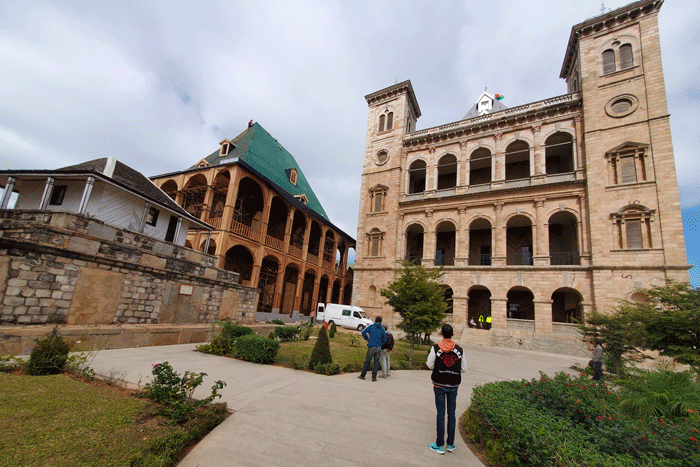
Antananarivo day tour
Other travel guides that may help you

Madagascar's lemurs
Lemurs are primates found only in Madagascar. They are distinguished by their large, expressive eyes.
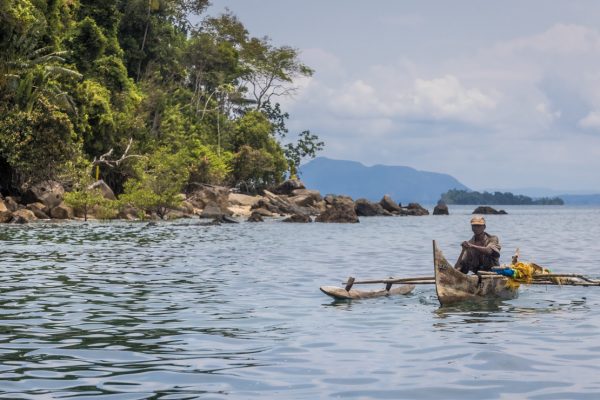
When to visit Madagascar
Knowing when to visit Madagascar is crucial for your travel experience.
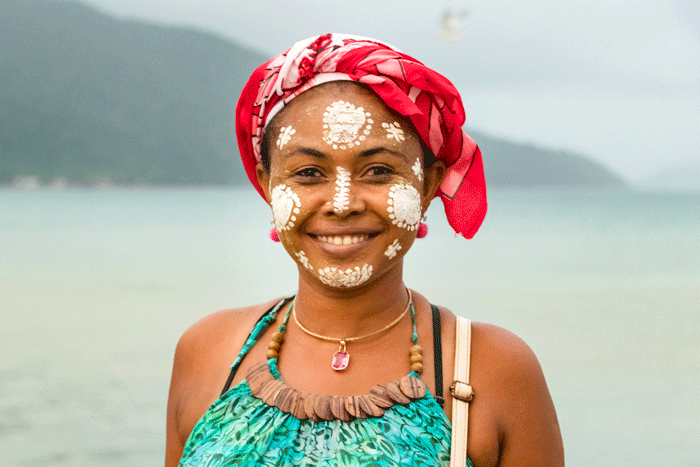
Learning Malagasy
Learning the Malagasy language can be a useful way of communicating.
